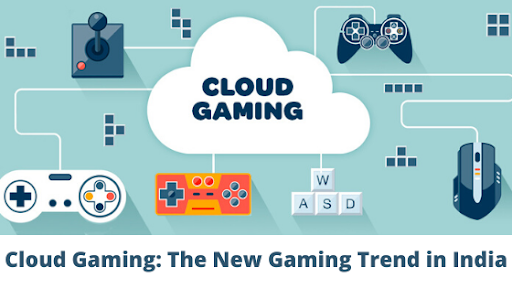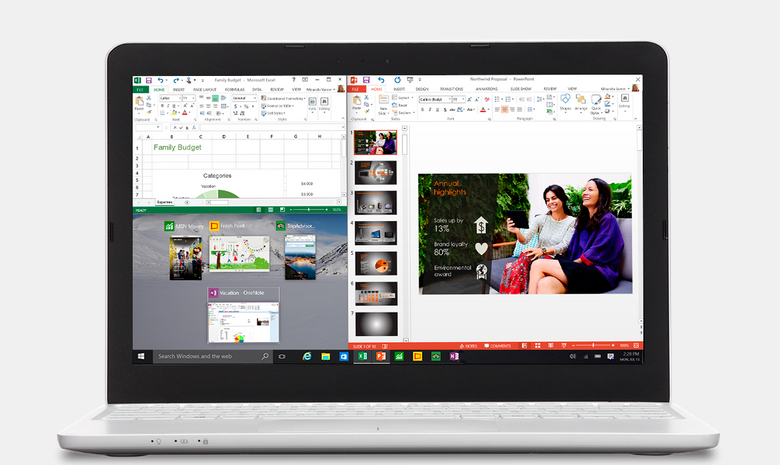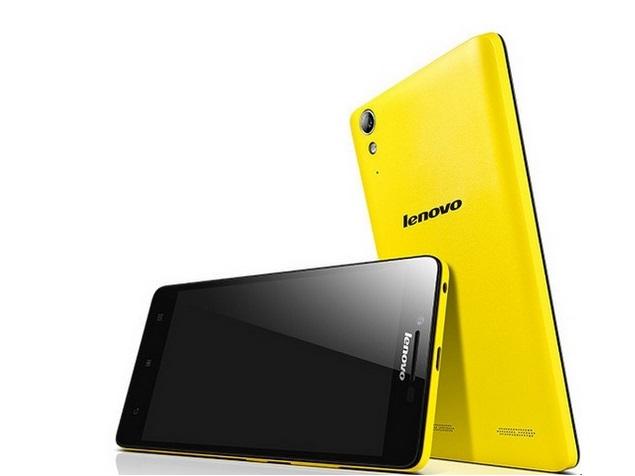While the Indian market has always been ripe for online gaming, the industry only became a mainstream trade in 2019. Experts now predict the industry will gain a strong foothold in the entertainment industry in 2020, expecting a 22% growth rate with revenues inching close to $1 billion. And that’s not even taking into account eSports which is huge in the rest of the world and predicted gain popularity in India as well.
This is because developers are introducing more local games as the majority of the audience prefers localized content. Additionally, developers plan to create more real money gaming offerings suitable for all ages as more fans venture into the trade as a profession, not just for entertainment.
Players also expect new games to be more immersive and entertaining as gaming technologies become more affordable and accessible. Cloud-based gaming has mainly become a gaming trend in the industry, with Microsoft’s Xbox set to roll out a trial of this service in India.
India has become a hotspot for renowned gaming companies, given its insatiable need for this form of entertainment. Statistics show the market value for India’s gaming industry was 62 billion rupees towards the end of 2019. The figure is expected to grow to more than 250 billion rupees by 2024.
In the past, the Indian market has had a small market for PC gaming and consoles. However, it has recently experienced a boom in the gaming industry, thanks to the increasing proliferation of smartphones. Microsoft’s plan to dominate the gaming industry finds India a fertile testbed for emerging gaming technologies.
Its xCloud technology will rely on the continuing improvement of the country’s internet infrastructure.
Here’s more about this gaming trend.
What is Cloud Gaming?
It is a method of playing video games using remote hardware. The games are stored in servers owned by a separate company, so the user does not have to download, install, or upgrade games. The servers also eliminate the need for spending significant sums of cash on hardware or consoles. This is because the consumer does not need physical space to store the games; the gaming experience is cloud-based.
Cloud gaming solely relies on internet streaming to provide the games on your choice gaming device. This means your television, console, computer, or mobile phone does not rely on its internal hardware to operate the games.
Thus, players streaming games incapable of running locally on the system can access them via cloud gaming. This means cloud gaming will improve gamers’ experience in three ways:
Access to games that were unavailable in the past without setting up specific hardware
Gamers can take advantage of platform-agnostic gameplay. With cloud-based gaming , the player can play, save and resume playing the same game available on multiple devices
Access to previously unavailable in-game content. Therefore, players can access the latest version of the game regardless of the device used thanks to the fast cloud-based processing power
While cloud gaming needs a constant internet connection to operate, the information is not stored in the system you are using; instead, it is stored remotely. This makes cloud gaming unsuitable for places with spotty connections, but with tech giants like Microsoft set to supply the technology and infrastructure in India, the invention is likely to pick up speed even in the most remote regions.
How Cloud Gaming Works
The technology is similar to other streaming platforms like Netflix. The user needs to subscribe to an annual or monthly package to access the content. Once you have subscribed, you obtain access to the provider’s network that sends a request to the server that stores the content you want to stream.
Cloud gaming garners on the same concept only that you have to do it many times. When playing a game, you are sending commands which the game responds to. Similarly, when playing cloud-based games, you are giving commands only that they are streaming over a network.
A remote computer is running an instance of the game getting played, allowing the game to get streamed to the player. The inputs are sent over the network prompting the remote machine to respond to whatever commands sent and the stream updated to display what you want. The process happens in a matter of milliseconds.
The servers used to consist of high-end PC components that allow the games to be played at high settings. They may, however, vary depending on the service you are using. In the case of Microsoft’s xCloud project, many blades contain these components in centralized data systems so you won’t access a standard PC. Other providers like Shadow, however, rent out a remote PC.
Cloud gaming providers update their hardware regularly, so users don’t have to worry about their devices not being able to stream the latest title. Additionally, the saved game is stored in the cloud, not the machine, so players never have to worry about their games getting erased.
The cloud gaming services are not only compatible with mobile devices but also traditional game controllers. Google’s Stadia cloud gaming service is accessible via a Wi-Fi connection, while Microsoft’s xCloud allows the user to connect the device directly via Bluetooth.







